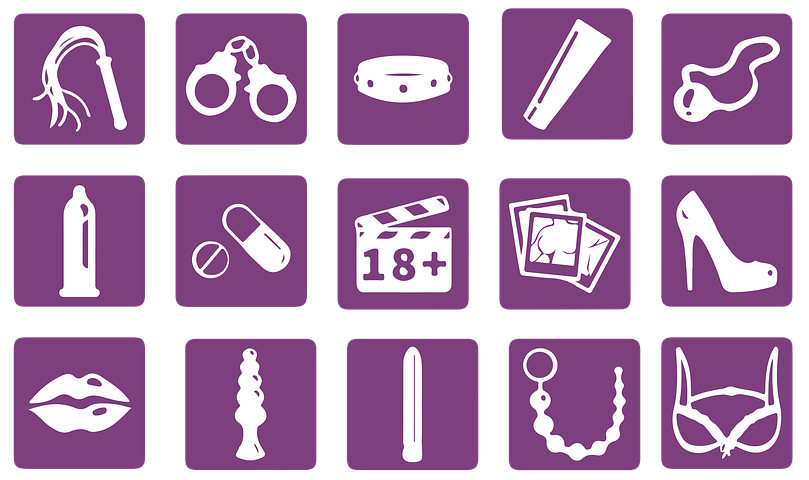Tabla de Contenidos
Female sexual dysfunction is a term that refers to physical or psychological problems that make it difficult for a woman to enjoy sex. Normal sexual function is a delicate balance of mind and body.
That is, the nervous, circulatory and endocrine systems play an important role in the physical aspects. For their part, thoughts, feelings, memories, behaviors and values are psychological influences. This condition can be caused by an alteration of some of the physical or psychological aspects of sexual function.
What is female sexual dysfunction?
Painful intercourse, painful contraction, or spasm of the vaginal muscles, as well as problems with sexual desire, arousal, or orgasm that cause discomfort, are all examples of female sexual dysfunction.
It is important to understand that normal sexual function consists of four phases:
- Motivation, or the desire to have sex.
- Arousal has a physical component (increases blood flow to the genitals, causing swelling and lubrication), as well as a psychological component (feelings or thoughts that indicate arousal).
- Orgasm is the peak or cusp of sexual arousal accompanied by muscle tension and contraction.
- After orgasm, the resolution is muscle relaxation and a general sense of well-being.
Types of sexual dysfunction in women
In turn, four types of female sexual dysfunction have also been identified, which are:
- Low sexual desire or lack of interest in having sex is known as sexual desire or interest disorder.
- Difficulty getting aroused or retaining arousal, with or without changes in sexual desire, is known as sexual arousal disorder.
- Orgasmic dysfunction is characterized by a lack of orgasm, difficulty reaching orgasm, or a significantly reduced intensity of orgasm despite sufficient arousal.
- Painful intercourse or pain with vaginal contact or sexual stimulation are signs of a sexual pain disorder.
It is worth noting that some women have these problems but are not concerned about them. However, distress over sexual function is common in female sexual dysfunction and can cause problems in a woman’s relationships.
It is also crucial to realize that various disorders can feed off each other. Having a hard time reaching orgasm, for example, can lead to a lack of sexual desire.
It can be difficult to get aroused while in pain during sex. Most women with this condition have symptoms of multiple disorders. Therefore, due to overlap, it can be difficult to diagnose the particular problem.
As a result, addressing a woman’s overall sexual function and pleasure is far more valuable than making distinctions regarding individual disorders.
What are the symptoms of female sexual dysfunction?
Symptoms of female sexual dysfunction differ according to the process of sexual function most affected. Symptoms of sexual dysfunction in women are often correlated with symptoms of other disorders.
This occurs because one disease often leads to the development of another. It may be more beneficial to focus on what a woman perceives to be the most troublesome symptoms rather than trying to separate the disorders.
The following are some of the more common signs of sexual desire or interest disorder:
- Lack of a receptive desire to have sex with the partner or a willingness to have sex with the partner.
- Sexual fantasies and feelings are absent or diminished.
- There is a lack of desire or interest in having sex, or there is a decrease in desire or interest in having sex.
Here are some of the more common signs of sexual arousal disorder:
- Engorgement, or inflammation of the clitoris and vaginal walls, is absent or reduced.
- Lubricating vaginal secretions are scant or insufficient.
- The desire, or the feeling of sexual arousal, may be present or absent.
In the case of orgasmic disorder, these are the most common symptoms:
- Orgasm is not present.
- Orgasm is difficult to achieve.
- Orgasms are not as powerful as they used to be.
Despite adequate arousal and continued stimulation, these symptoms continue to occur.
In sexual pain disorder, symptoms include:
- Sexual arousal or stimulation causes pain.
- Vaginal contact, attempt, or full vaginal penetration causes pain.
- There is discomfort in sexual relations.
- The inability to relax the vaginal muscles enough to allow penetration or a tightening of the muscles that prevents penetration.
Treatment for female sexual dysfunction
Since the symptoms of female sexual dysfunction are often intertwined, treatment usually involves a combination of approaches, such as:
- Advice. See a specialist in sexual relationships and problems. This will help you communicate better with your partner and deepen intimacy.
- Devices. The use of vaginal dilators or vibrators to stimulate the clitoris, thereby increasing blood flow.
- Medicines. To reduce pain during sexual intercourse as Osphena, and Addyi, to treat low sexual desire.
- Non-medical treatments. They include the use of vaginal lubricants and moisturizers.




